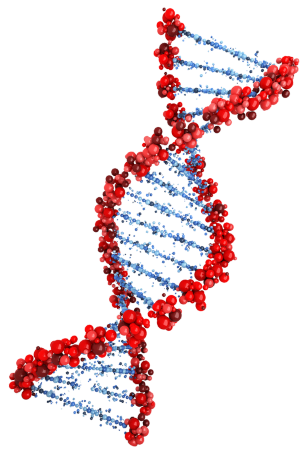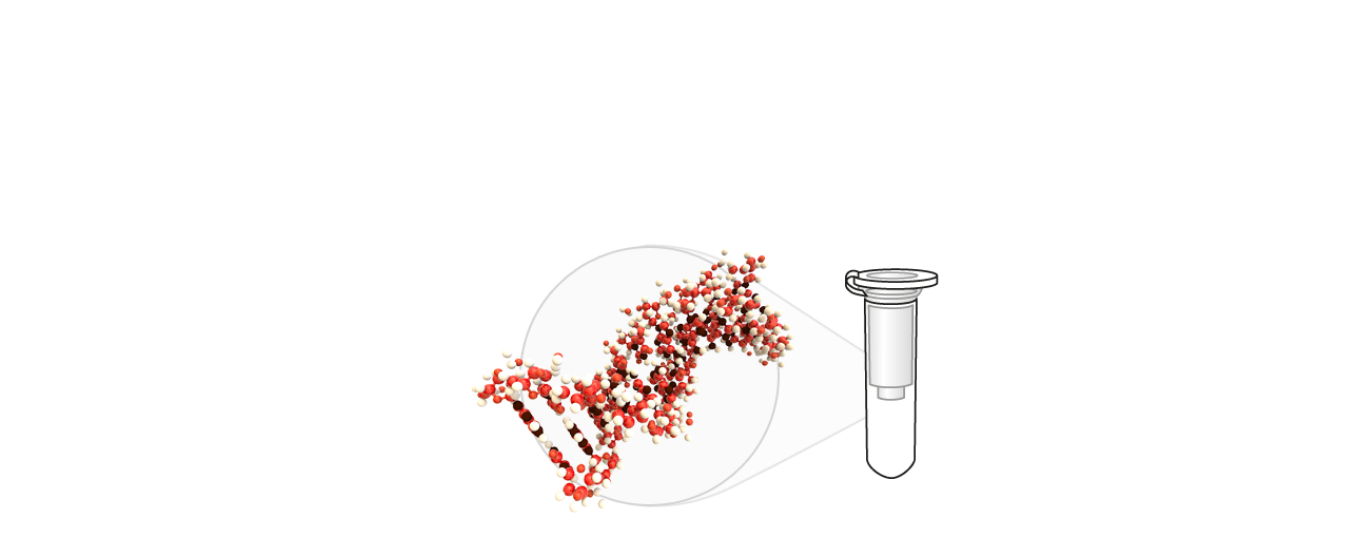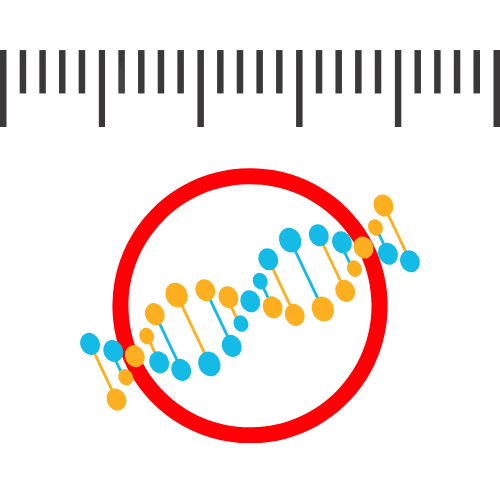
The understanding of DNA, RNA, proteins, and their interactions within and between cells has revolutionized our understanding of life, from the fundamental mechanisms of genetic inheritance to the complex networks of signaling and regulation that underlie cellular function and disease.
Whether you are studying the mechanisms of gene regulation, developing new diagnostic tools, or exploring novel therapeutic targets, our molecular biology products can help accelerate your research and discovery.
Our Product Line and Services includes:

Obtaining pure and high-quality DNA or RNA is a critical step for successful molecular biology experiments.
Accurate and reliable molecular biology research starts with high-quality nucleic acids.

A micro-volume spectrophotometer is an important equipment in molecular research that measures the absorbance of sample as low as 2ng/μL of material such as DNA, RNA, or protein. It is used to assess the purity, concentration, and integrity of DNA and RNA samples, allowing you to achieve reproducible results in all your molecular biology experiments. It’s the easiest, fastest and precise way to measure samples in less than a minute compare to a conventional cuvette-based spectrophotometer.
Pure DNA has an A260/A280 ratio of 1.7–1.9, while Pure RNA has a ratio of 1.8-2.0
Interpreting Absorbance Ratios for Nucleic Acid Samples
To accurately interpret absorbance ratios, it's important to keep a few things in mind. If the A260/280 ratio is low or there is a noticeable A280 peak, this could suggest protein contamination in the sample. A high A230 reading, on the other hand, could be the result of the presence of phenol, EDTA, or carbohydrates. An ideal A260/A230 ratio would be greater than 1.5. Lastly, contamination caused by sample transfer during the extraction process's phase separation stage may lead to small peaks or unexpected absorbance values on the far right of the graph.


Polymerase Chain Reaction (PCR) or Real-Time Polymerase Chain Reaction (qPCR) has transformed the way we detect and analyze DNA or RNA sequence. With its high precision and sensitivity, this powerful technique enables the detection of even small amounts of genetic material in a sample. This has opened up new possibilities for companies in the healthcare, pharmaceutical, and biotech industries, as nucleic acid amplification can be used for disease diagnosis, drug development, gene expression, mutation analysis and diagnostics.


DNA polymerase is an enzyme which synthesizes the new DNA strands. DNA polymerase was first isolated from T. aquaticus in 1976. This enzyme has an optimum temperature between 75°C and 80°C, which possess a half-life until 97.5°C during 9 min and can polymerize 150 nucleotides per second.
Each polymerase has different characteristics and it is crucial to choose the enzyme that suits your experiment. Polymerases are available individually as well as conveniently ready-to-use 2x reaction mixes. Mixes are all-in-one tube master mixes that contains dNTPs, MgCL2, novel buffer system and enhancers that delivers improved yield, sensitivity, speed and robustness when amplifying targets from any template.

Gel electrophoresis is a widely performed molecular biology technique that it used to separate, identify & purify molecules such as DNA, RNA, and proteins based on the principle of charge migration. An electric field is passed across the gel, causing the charged molecules to migrate through a matrix and allowing the fragments of different sizes to be separated according to its molecular size and/or charge. Smaller molecules tends to run more swiftly through the gel resulting in the fragments being arranged by it's size. Agarose gels are 3D gel matrix that are typically used for separating DNA fragments between 0.1-25kb. The agarose concentration is dependent on fragment size. Polyacrylamide is used for proteins and smaller size DNA molecules. A ladder, also known as marker, with fragments of known lengths is used as a reference during the run to help estimate the size of the DNA fragments in the samples by comparing the bands to those from the DNA ladder. Fluorescent dye are used to stain the gel for visualizing the bands in a gel documentation system.
Nucleic acid electrophoresis has various applications, including DNA polymorphism detection, sequencing analysis, cloning, restriction enzyme mapping, sequence analysis as well as for other downstream techniques.
The Biometra Compact family was developed for professional measurements and analysis of nucleic acids in research and routine laboratories. Due to their excellent resolution, the horizontal electrophoresis systems offer a greater precision and thus better data interpretation accuracy, even with small nucleic acid fragments. Well suited for daily use, the Biometra Compact systems are characterized by a high-quality acrylic construction, a unique bigfoot safety lid, and the use of durable components such as corrosion protected platinum electrodes and gold-coated plugs. This guarantees maximum durability and reliability in all applications.
Gel documentation system, also known as gel imagers or gel docs, is an innovative and powerful tool for visualizing and analyzing nucleic acids and proteins separated by gel electrophoresis. The system includes a high-quality camera, an intuitive software interface, and advanced analysis tools, enabling researchers and clinicians to accurately capture, process, and analyze gel images with ease. Gel documentation system is used in a variety of molecular biology applications, including DNA sequencing, gel electrophoresis and Western blots.
These systems come in a variety of configurations depending on application, throughput, and sample type.
